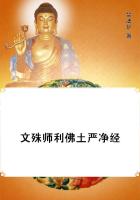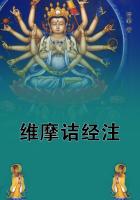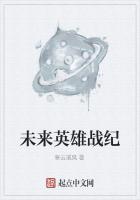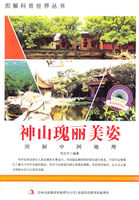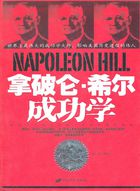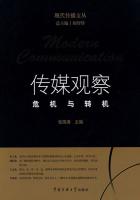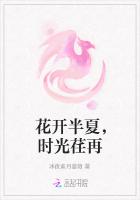THE SOLAR SYSTEM
1.
The Solar System is better known to us, as the earth on which we flourish belongs to it.
2.
The System is comprised of one sun (star), eight major planets, Mercury, Venus, Earth, and one satellite, Mars and two satellites, Jupiter and seven satellites, Saturn, its rings and ten satellites, Uranus and four satellites, Neptune and one satellite, and some 600planetoids, varying in size from 600 miles in diameter to mere rocks.
3.
The sun's diameter is 866,000 miles. Rotates every 606 hours. The length of time its current carries the sun over its orbit is unknown.
The sun remains a melted mass; its vibration is maintained; has but little vapor and its theme reflected on the surface of its obsequious attendants which gives them heat and light.
Dark spots caused by vapor becoming concentrated to the sun's surface;these spots change.
4.
Mercury, the smallest major planet, also the closest to the sun. It is carried over its orbit about 36,000,000 miles from the sun, which requires 88 days to complete its course, and rotates once every 24hours and 5 minutes. Its diameter is 3,000 miles and it has a suitable amount of vapor for animals and vegetables to flourish.
5.
Venus has the brightest lustre of our planets which is caused from enormous amount of vapor. It is carried over its orbit at about 67,000,000 miles from the sun, which requires 224 7/10 days to complete its course. Rotates once every 23 hours and 21 minutes.
Diameter, 7,700 miles.
6.
The earth is carried over its orbit; main distance being 93,000,000miles from the sun, which requires one year to complete its course, which is 680,000,000 miles:
MILES
Earth's diameter 8,000
Greater or equatorial 7,925
Less or polar 7,899
Difference on comparison 26
The earth rotates once every 23 hours, 56 minutes, and 4 seconds; has one satellite, which is carried over its orbit at a distance of 238,850 miles from the earth. Its diameter is 2,160 miles. The moon completes its orbit in 29 days, 12 hours, 44 minutes, and 2 seconds.
Its currents touch the earth and cause the tide; also affects some plants of the phenomena verita; these plants are also affected by the sun.
Many years after the earth's material began to flourish, a small body (whose crust was cooled) came in contact with the earth; this caused the earth's crust to crack almost from pole to pole and formed North and South America. The eruptions in Europe, Asia, and Africa were greatly scattered. Australian soil is deficient in phosphorus, which shows it is foreign and represents the small body which did not entirely bury itself. This caused some of the earth's land surface to be below the sea level; also caused the earth's axis to change at a very slow rate of about 77 yards per year. This will require many thousands of years for the North Pole to become the South Pole. For many years the Polar star appeared "fixed" at the earth's north axis.
7.
Mars is carried around the sun by its planet current at a distance of 140,000,000 miles, which requires 687 days, and rotates every 24hours, 37 minutes, and 22 1/2 seconds. Diameter, 4,200 miles. Mars has two satellites and is not abundant in vapor which causes its reddish appearance, therefore vegetation and animals are scanty.
8.
Jupiter is the largest major planet. It makes a great jump from the sun of 483,000,000 miles, carried by its planet current to complete its orbit in 12 years. Rotates every 9 hours, 55 minutes, and 37seconds. Diameter, 88,000 miles; has seven satellites. The climate has a very even temperature due to its fast rotation.
9.
Saturn, the beauty of the skies, carried by its planet current around the sun at its main distance of 883,000,000 miles (a greater distance of 400,000,000 miles than Jupiter) which requires about 29 1/2 years.
Rotates once every 10 hours, 14 minutes, and 23 seconds. Diameter, 75,000 miles. It has ten satellites and three rings of unconcentrated material. The cape ring is about 9,000 miles across, the other two about 16,000 each. Diameter of rings about 170,000 miles, which makes the rings very close to the surface.
10.
Uranus is carried by its planet current around the sun at a great distance of 1,778,000,000 miles, which requires about 84 years. Rate of rotation unknown. Diameter, 31,000 miles. It has four satellites.
11.
Neptune is the farthest from the sun. Its main distance being 2,792,000,000 miles; carried by its planet current over its orbit once in 164 years, 9 months. Diameter, 37,000 miles. Period of rotation unknown. Has one satellite. At Neptune we haven't taken a step but our next neighbor is across the divide. Let us have a fairy dream and travel from the sun to Neptune in a straight or direct course at the rate of 1,000,000 miles an hour; it would take us 116 1/3 days to reach Neptune.
[Figure: Line drawing, captioned "The solar system."]


